Writing a persuasive essay can feel overwhelming, especially when you’re staring at a blank page.
Many students dread the assignment, but understanding how to craft an essay that truly convinces your reader can change the experience entirely.
A well-written persuasive essay doesn’t just meet a word count—it captures attention, presents compelling arguments, and encourages the reader to see your point of view.
By following clear strategies and steps, you can turn writing into a rewarding process that improves your critical thinking and communication skills.
Key Takeaways
- Persuasive essays combine credibility, emotion, and logic for maximum impact.
- Planning, research, and structure are critical for effectiveness.
- Authenticity and emotional engagement strengthen arguments.
- Revising ensures clarity, credibility, and overall quality.
What is a Persuasive Essay?
A persuasive essay is one that not only captures one’s attention but also teaches them something, one that intrigues them in a thought-provoking way.
A persuasive essay is able to do this while presenting the reader with solid arguments and information about the subject matter that shines a new light on the topic altogether.
It’s one thing just to write as much as possible to hit a desired word count.
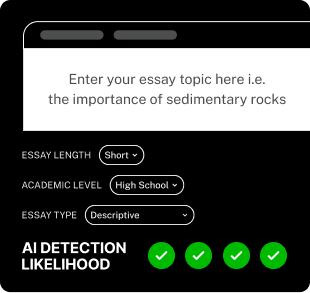

Generate Top-Notch Essays in Seconds. The AI Essay Writer helps you produce essays that will bypass AI detection tools.
- Create Essay Drafts Instantly
- Multiple Writing Styles
- Multilingual Support
It’s another thing to create a paper that persuades the reader or makes them question the knowledge they already had on a topic and see things differently.
Being able to write a persuasive essay is a powerful skill to have in academia that can be easily transferred to the professional world later on in life.
Understanding what it takes to write persuasively and captivate an audience with compelling arguments and prose is a superpower in today’s society considering so many people simply crank as quickly and thoughtlessly as possible to hit word counts and meet deadlines.
What are the Three Elements of a Persuasive Essay
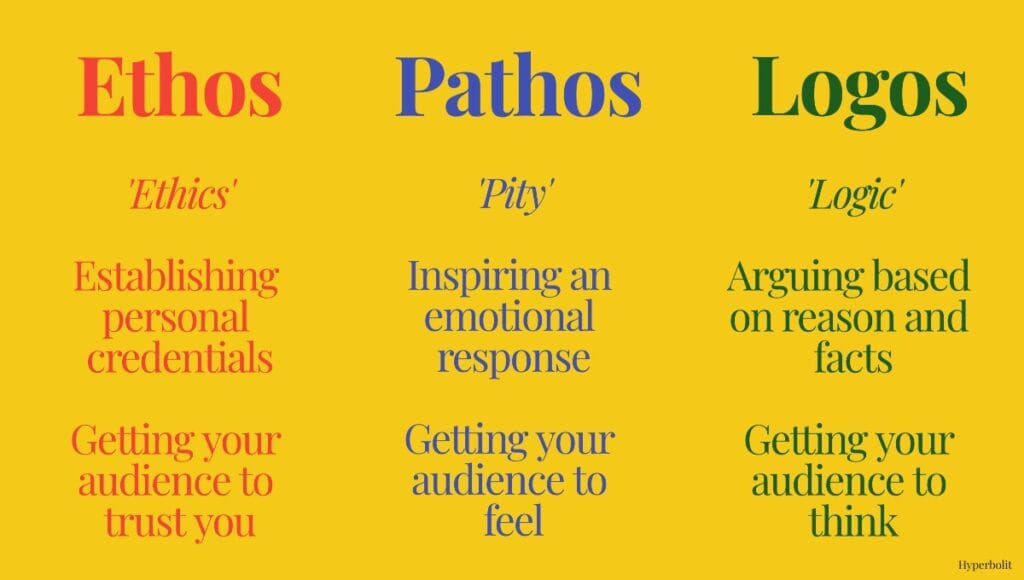
Without understanding the key components of writing a persuasive essay, you might not be able to deliver a truly engaging and compelling experience.
Being a great writer isn’t just about being good with words, it’s about understanding how to compose a story and tell it in a way that will connect deeply with the reader.
Storytelling isn’t just for fiction. And connecting with a reader is possible regardless of the subject matter or the format of writing you are working on whether it’s a short story or an essay.
Humans are hardwired for storytelling, it’s been a part of humanity since the start.
So understanding how to tell a story and incorporate the key elements of persuasion to create a compelling essay is important on a deeply rooted human level.
Ethos
Credibility is essential in persuading readers. Your audience needs to trust that your ideas are accurate and well-researched.
This involves citing authoritative sources, ensuring your writing is free of grammatical errors, and presenting arguments in a clear and logical manner.
Ethos also requires presenting yourself as a knowledgeable and reliable writer.
Pathos
Emotion connects readers to your essay on a personal level. Using storytelling, anecdotes, or descriptive language allows readers to empathize with your perspective.
o truly connect with readers and evoke strong emotions, compelling narrative examples are invaluable in a persuasive essay.
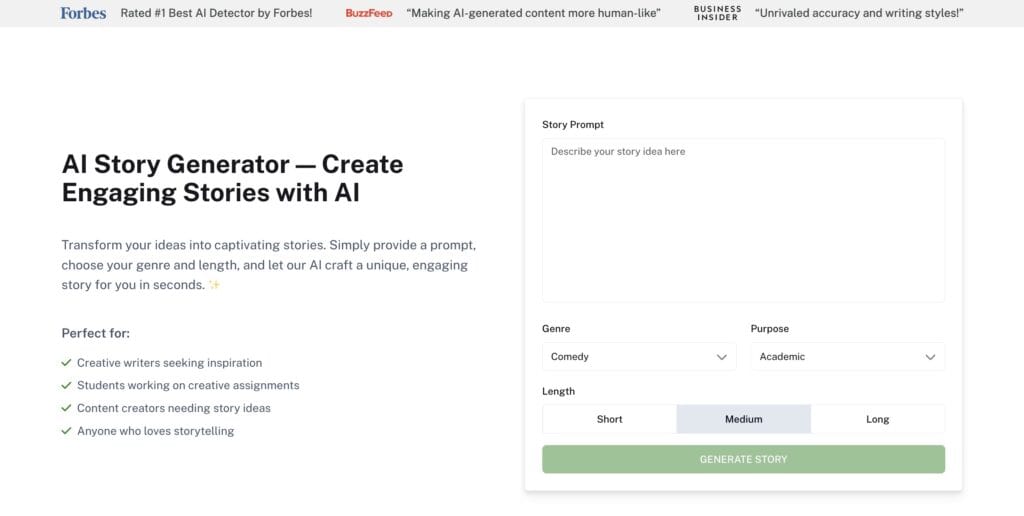
You can use our Undetectale AI’s Story Generator to quickly build compelling, narrative examples that strengthen the emotional appeal of a persuasive essay, making your arguments more relatable.
Whether it’s evoking curiosity, excitement, or concern, pathos helps your audience engage more deeply with your argument.
Our Undetectable AI’s AI Paraphraser can assist in rewording sentences to make emotional appeals more compelling without losing authenticity.
Logos
Logical reasoning strengthens the foundation of your essay. Providing data, statistics, examples, and well-structured arguments appeals to the rational mind.
Logos requires that your reasoning is coherent and supported by factual evidence.
APA Style Guide 2025 or recent academic studies on persuasive writing can bolster your logical appeal.
What are the Best Tips for Writing a Persuasive and Compelling Essay
Again, you aren’t just throwing words on paper to hit a word count or deadline.
You are creating a persuasive essay that will connect with the reader and drive a specific and desired result. You need to plan accordingly.
Creating a persuasive essay isn’t possible without taking the right steps to get there. You won’t achieve what you seek if you just sit down and start writing.
In order to write a persuasive essay, you want to take the following steps in order to ensure the best results.
Create an Outline
Map out your ideas and the structure of the essay first. Build out the structure with the main subheadings of the introduction, body, and conclusion.
Once you have that in place, start fleshing out each section with bullet points and arguments that you plan to discuss.
Write with Purpose
Have specific goals in mind with your writing. Understand exactly what you wish to convey and which points or arguments you expect to deliver.
If you don’t have these as your guiding star, you are walking through the jungle without a compass.
Write Authentically
Avoid fluff and fillers. Be specific and honest. The idea when writing a persuasive essay is to compel and convince the reader, not bore them or lose them by rambling.
Put yourself in the shoes of the reader as you write, imagining that you are consuming these ideas for the first time.
Integrate Persuasive Techniques
Incorporate the key elements of persuasion into the writing process so you can connect with the reader emotionally and logically.
Leveraging ethos, pathos, and logos will give you a massive competitive advantage with your writing and make it so you are able to persuade and convince with ease.
Embrace Revisions
Revise relentlessly. Make sure that what you are delivering is polished and free of any errors, holes in your arguments, or any other unnecessary fluff.
Embrace ethos in the revision process to ensure that you are as credible and trustworthy as possible.
Steps to Writing a Persuasive Essay
Now that you have some great tips on how to write your persuasive essay, we need to talk about how you actually get the work done.
Having the right steps in place so you can take the right path to writing your essay is key and will help you become a better, stronger, and more persuasive writer.
Step 1: Organize Your Thoughts (Brainstorming)
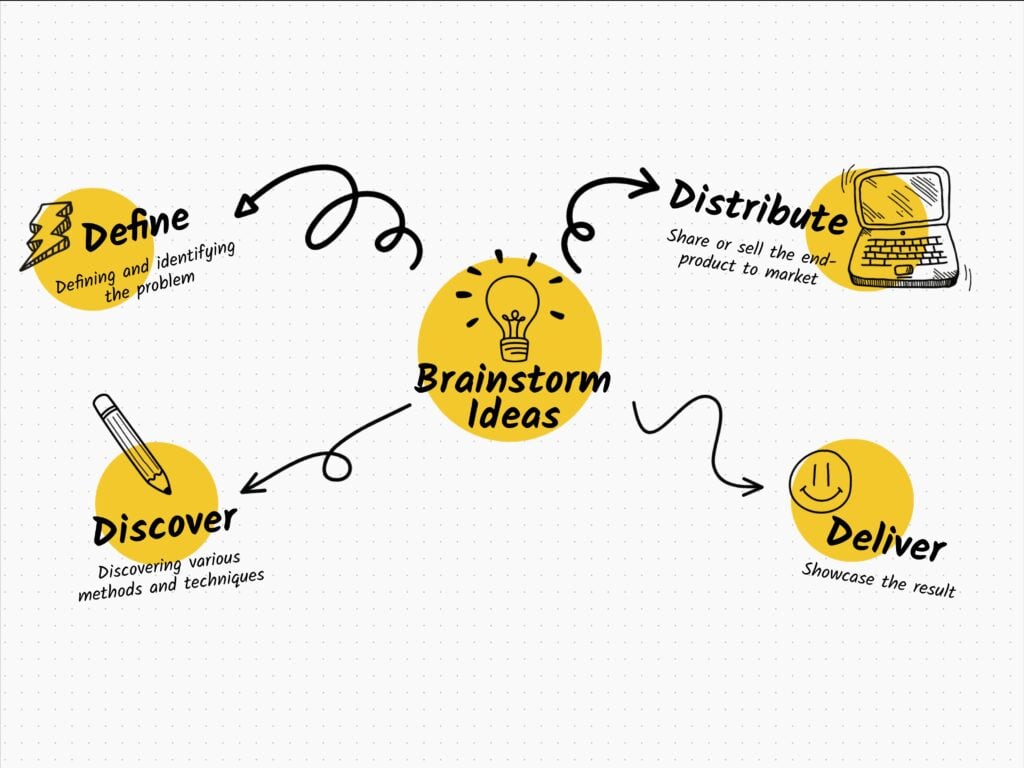
Begin by brainstorming all ideas related to your topic.
Jot down initial opinions, questions, and perspectives to identify key arguments.
Understanding what you think and what others might think about the topic is crucial before conducting research. This stage sets the groundwork for a focused and persuasive essay.
Step 2: Researching Your Topic
Research is the backbone of any persuasive essay.
Gather relevant statistics, credible studies, and expert opinions that support your arguments.
Check the reliability of each source, and keep detailed notes for proper citation.
Tools like a Citation Generator make it easier to format APA or MLA references, ensuring your work remains credible and professional.
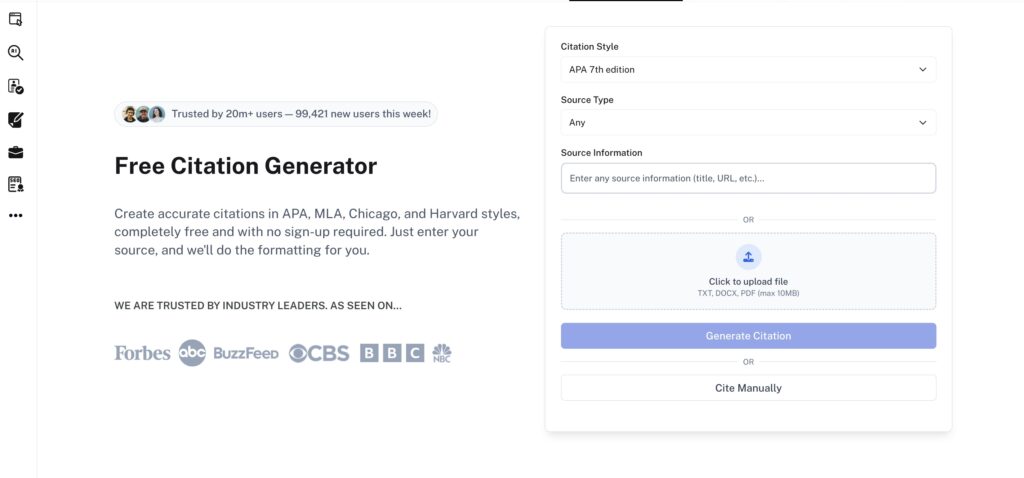
No second-guessing punctuation or citation styles—just clean, credible references that boost your authority and help you nail that ethos.
Step 3: Develop a Thesis Statement
Your thesis statement encapsulates the main argument of your essay.
Place it at the end of the introduction so that it guides the content of your body paragraphs.
A clear, concise thesis statement helps both you and your reader stay focused on the essay’s purpose.
Step 4: Writing the Introduction
Start with a hook—an interesting fact, question, or anecdote—to grab attention immediately. Introduce the topic and explain why it matters to the reader.
Conclude the introduction with your thesis statement to provide a roadmap of what’s to come.
A strong introduction sets the tone and motivates the reader to continue.
Step 5: Writing the Body of the Essay
The body is where you present your main points and arguments.
Each paragraph should focus on a single idea, providing evidence and examples to support it.
Use clear transitions between paragraphs to maintain flow. Incorporate ethos, pathos, and logos in your arguments to balance credibility, emotional appeal, and logical reasoning.
Translating your research into a balanced persuasive argument requires high-level precision in your instructions.

Our Undetectable AI’s Prompt Generator is designed to help you create structured and compelling arguments for your persuasive essay assignments by generating sophisticated prompts that ensure every paragraph hits its mark.
Expand each point thoroughly, explaining how it relates to your thesis and why it should persuade the reader.
Step 6: Writing the Conclusion
Your conclusion should summarize the main points and restate the thesis in a fresh way.
Reflect on the implications of your argument and encourage the reader to consider your perspective.
Then, end with a call to action — for example: prompt the reader to think further, act, or learn more.
For instance, you can invite readers to polish their writing and ensure a strong conclusion by using our Undetectable AI’s Conclusion Generator to craft a clear, compelling closing paragraph that strengthens their essay’s final impact.
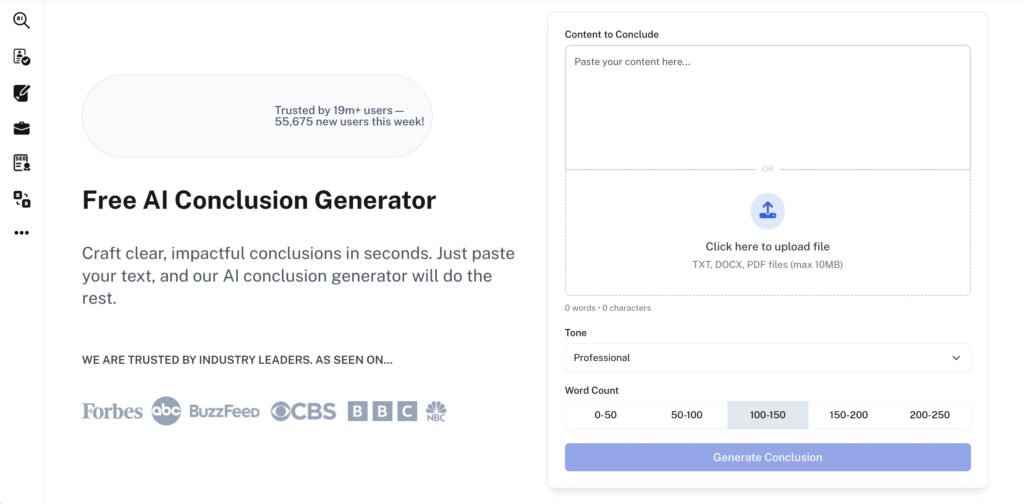
Try out our AI Detector and Humanizer right below!
FAQs
How long should a persuasive essay be?
Usually 5–7 paragraphs, but always follow your instructor’s guidelines.
Can I use personal stories in a persuasive essay?
Absolutely. Anecdotes enhance emotional appeal and make your essay relatable.
How do I make my essay credible?
Cite authoritative sources, double-check facts, and use tools like Undetectable AI’s AI Paraphraser to maintain professional quality.
Conclusion
Writing a persuasive essay can transform from a stressful task into a rewarding exercise when approached strategically.
By following these steps and using tools like the Undetectable AI’s AI Checker, you can refine your writing, maintain academic integrity, and create essays that truly persuade.
Start implementing these techniques today to see improvement in both your essays and overall writing skills.
Enhance your essays now!
Try Undetectable AI to check for AI-generated content, polish your writing, and ensure your work is professional and credible.
